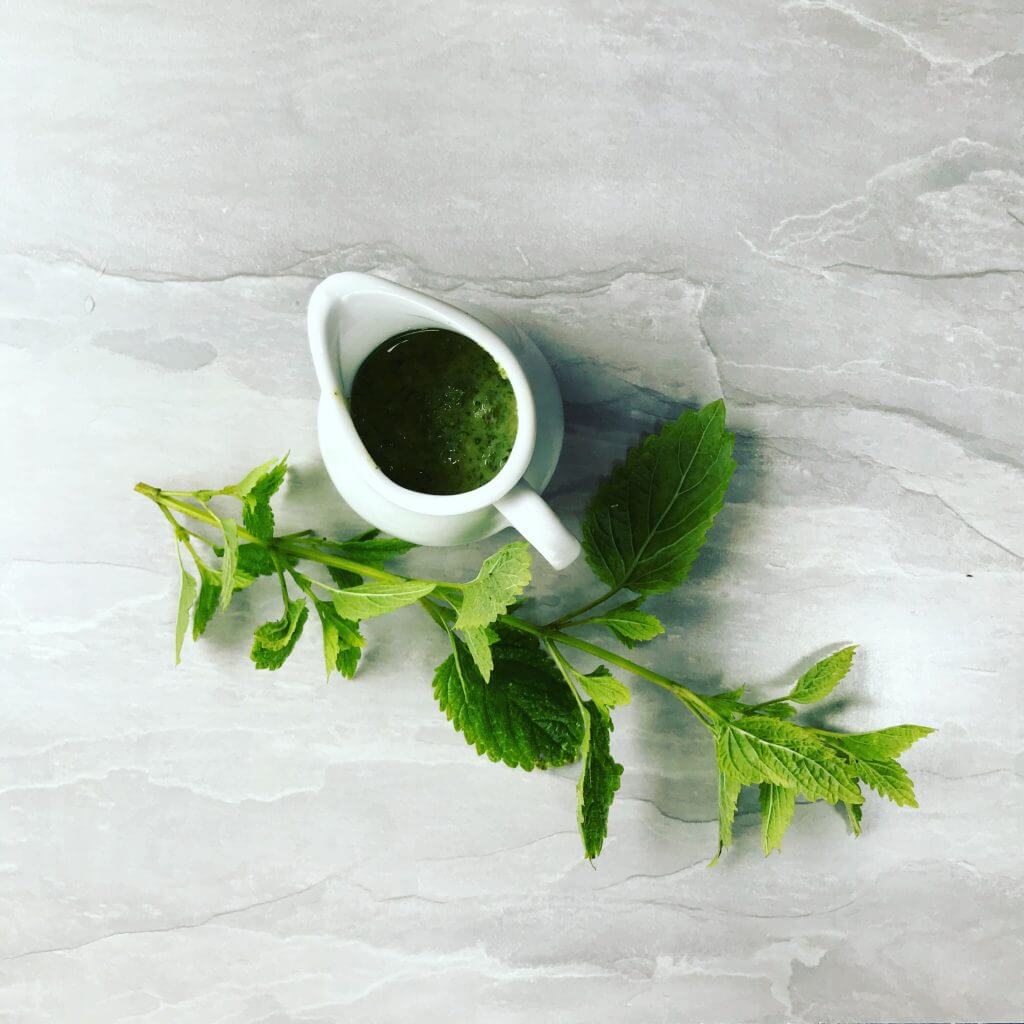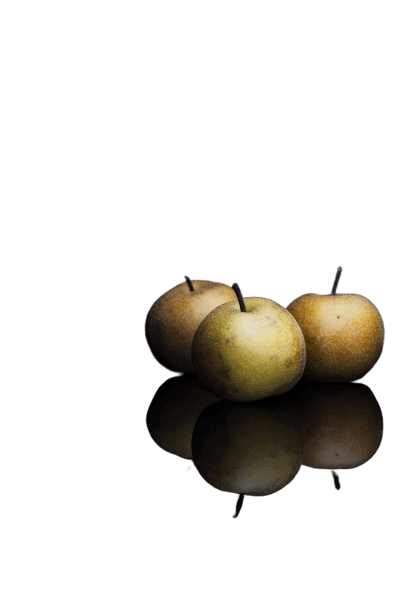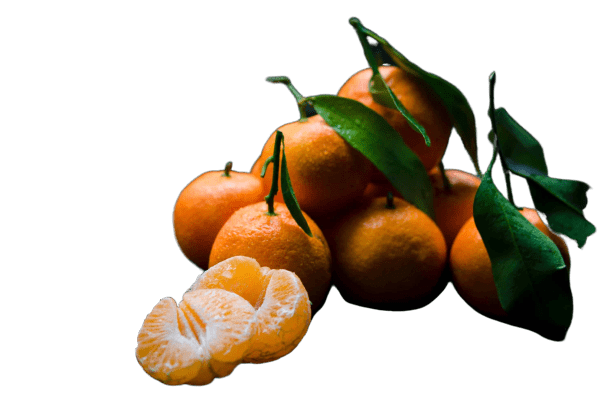A Recipe for Lemon Balm Salsa Verde with Lime
Lemon balm: herb or weed?
A salsa verde, or green sauce, is a delightful way to use herbs in your cooking.
Did you ever plant a little lemon balm in your garden, only to watch it over-run the place after a couple of years? I did! It grows like a weed. Thankfully I just planted it in an old Belfast sink, or I’m pretty sure I would be cutting it with a lawnmower by this stage. But the other herbs I planted in the sink alongside it are practically pushed out. The lemon balm is taking over.
Lemon balm is a delightfully fresh garden herb. And it can withstand being left to its own devices. So it’s a great herb for people who can manage to kill pretty much everything else.
But there aren’t really that many recipes telling you what to do with it, apart from make tea. Which is a shame, because it’s actually really tasty.
So that's why I decided to come up with this lemon balm with lime salsa verde recipe
This is a recipe that combines a couple of herbs, some garlic, shallots, anchovies, lime juice and extra virgin olive oil. It has a robust flavour, so for some it may be a little overpowering. But if you love having some bright, powerful flavours on your plate then this could be the recipe for you.
Obviously I came up with this recipe mainly because I really needed to do something with all the lemon balm. Plus I grew it myself, it’s organic, it doesn’t need any pesticides or herbicides sprayed on it since it’s such a vigorous plant, and it’s full of plant phytonutrients.
But lemon balm, oregano, garlic and shallots are all supportive of a healthy gut microbiome. Not only do they have specific antimicrobial properties, but also contain some probiotics which can support the growth of certain gut microbes.
Lemon balm on its own has been shown to have effects against the herpes simplex virus (the virus responsible for cold sores), several nasty pathogenic bacteria, Candida albicans and other fungi.
In fact herbs and spices are a traditional way of stopping food from going off, particularly in hot countries.
What can you serve alongside this green sauce?
Whatever you like, really. But I love how it goes with things like sardines, mackerel, chicken, lamb, goat, prawns or white fish. And I love it with some ox tongue or cold cuts as well. So long as you are happy with this being the predominant flavour on your plate, it can be used alongside most things. However, it will overshadow any subtle flavours. So if you particularly enjoy the flavour of beef, lamb, or fish just the way they are, this robust salsa verde recipe might be a little bit overpowering. You can also mix it through mashed potatoes for a slightly more subtle flavour, just like you can with pesto. You could also use it as a salad dressing.
What sort of disorders has lemon balm been used to help remedy in the past?
Lemon balm, or Melissa officinalis if you want to give it its Latin name, has a long history of use in many parts of the world. In Iran lemon balm has traditionally been used to help aid digestion, reduce excess gas production, reduce stomach cramps, manage pain, act as a very mild sedative, and for its mild diuretic properties, as well as for disorders like irritable bowel syndrome.
If you're a bit of a science nerd, and you want to know which compounds lemon balm contains that are therapeutic, read on...
Lemon balm contains a veritable cornucopia of beneficial compounds that act as antioxidants.
If you’re interested in finding out what some of these are, they include a high amount of flavonoids including the histamine-lowering compound quercetin as well as luteolin, rosmaric acid, gallic acid, and phenolic compounds.
On the other hand, if you aren’t particularly interested in the specific compounds found in lemon balm you might still be interested in the fact that it may be useful in helping to treat disorders characterised by oxidative stress. In case you weren’t aware, excessive oxidative stress and oxidative damage are a modern scourge. And you can find oxidative damage and severe oxidative stress now being linked to just about every chronic modern disease, from type 2 diabetes, to Alzheimer’s, Parkinson’s to cancer, autism spectrum disorders to depression and chronic fatigue.
Not only that, oxidative damage is a big part of the underlying mechanisms of toxicity. This includes toxicity due to gadolinium contrast agents, mercury, lead, cadmium and arsenic, among other things.
From the article "Melissa officinalis: A Review Study With an Antioxidant Perspective"
Reasons to love fresh herbs
Hopefully you’ll agree that there are lots of great reasons to include some fresh herbs in your diet. My focus here has been on how they can support overall health and wellness. Having said that, my favourite reason is probably that they are so darn tasty. And they have a delightful aroma that just cheers me up. Plus they’re so pretty.
I do tend to be rather vague with the amounts of herbs here (because they all grow in my garden/outdoor old sink and in between the paving stones – that’s the chives. The chives really do pop up absolutely everywhere. They’re like grass). I go out and snip off a handful of this, or a couple of sprigs of that. In fact why not throw in a sprig or 2 of fresh parsley if you have that lying around, too?
But at the end of the day, it really is down to your personal preference, and how much salsa verde you want to make. Or just how much the weeds, I mean herbs, are taking over your garden. If you think you’re going to need more, then up the herbs, but leave the garlic and shallots the same.
So, without further ado, here’s that recipe..
Lemon Balm Salsa Verde with Lime
Ingredients
- The leaves from a couple of sprigs of fresh lemon balm
- The leaves from 1-2 sprigs of fresh oregano or marjoram
- 1 garlic clove, peeled
- 1 shallot, peeled
- 1 small handful of fresh chives
- 4 anchovy fillets in olive oil, plus some of the olive oil
- ½ teaspoon dijon mustard
- the juice of 1 lime
- enough extra virgin olive oil to make it to your desired consistency
- salt and pepper to taste
Method
This is easiest to make in a wide mouthed jar using a hand-held stick blender. Make sure the stick blender will comfortably fit inside your clean jar before you start adding all the ingredients.
You can mince the garlic in a garlic press first, and roughly slice or chop the shallot. Then just throw all the ingredients into your jar and put in the stick blender. Whiz it all up a bit until it’s a green sauce. Taste it and add a bit more salt, pepper and olive oil, if you need to. Then it’s ready to serve, or will keep for up to a week in the fridge. It will taste best about an hour or so after you make it though.
If you don’t have a stick blender, you’re just going to have to mince everything by hand and pound the garlic and herbs in a mortar and pestle. Tedious, I know. But it still shouldn’t really take all that long.
Now share what you do with lemon balm...
Do you have any favourite lemon balm recipes?
Or do you fancy giving this a go?
If you do, I’d really love to find out what you think about it.
Do you use food as medicine? Have you decided to try dietary approaches like the Wahls Protocol, the Paleo Diet, a Ketogenic Diet, the Autoimmune Protocol, Low Carb High Fat, Weston A Price Foundation Diet, or any other diet that’s focused on a real food approach to health?
To make this salsa verde recipe autoimmune protocol compliant, omit the mustard.
Or have you been thinking of trying to optimise your nutrition, but don’t know where to start. In which case contact me. I’d love to hear from you.





